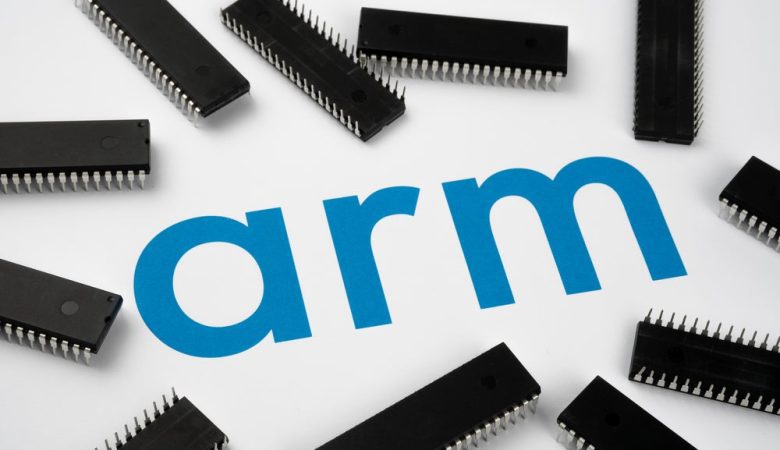
It is undeniable that A4 paper can be said to be just needed for daily office work. The documents, forms, and pictures we print do not open it. But you know what? Whether the output quality of the printer is good or not is not only related to the performance of the printer itself, but also related to the selected A4 printing paper. Looks like a thin piece of white paper, but it also contains a lot of choices. Do you know the gram weight, water content, pH value and antistatic of the paper?
On the e-commerce website, we see that there are many brands and types of A4 paper. In terms of selling price, the price of a pack of 500 A4 papers is even different by as much as 100 Rupees.
After comparing the parameters, it was found that in addition to the same specifications of 500 sheets, there are differences in the paper’s grams, thickness, function and moisture.
First, what does the gram of paper mean?
We found that there are many brands and types of A4 paper, some of which are marked with 70g and some with 80g. What exactly do these gs represent?

In fact, the gram of paper mentioned here is calculated in square meters, that is, the gram of 1 square meter of paper is 70g (80g or other) and it is related to the density of the paper. Paper density refers to the density and thickness of paper fibers. When paper fibers are too sparse and thick, we say that the density of the paper is poor, which will make the printed or copied images have poor resolution and easy Generates confetti and messes up the printing equipment.
Generally, there are four kinds of 70g, 80g, 90g and 100g. Of course, the heavier the grams, the better, and of course the price will increase accordingly. Here, we do not recommend that you buy A4 paper below 60g for printing or copying, because the paper density of this gram is small, and it is easy to produce wrinkles when printing. Not only that, the coefficient of friction between the papers is relatively large, which can easily cause multi-feeding (continued sheets) or paper jams, and more serious will also affect the service life of the printing equipment. Therefore, the fineness of A4 paper is better.
In addition, the thinner the paper of the same weight, the higher the processing level and the higher the density. This paper also has better effects in terms of moisture resistance, stiffness, smoothness and copying effect. For daily office or home use, choosing A4 paper with a weight of 70g can basically meet the needs of use.
What is the whiteness of the paper?
In fact, many consumers will have this perception, and think that the whiter the paper, the better, but is this really the case?
Actually not, white paper can even affect human health. According to color, we divide it into two categories: bleached and plain white. Among them, bleached paper (ordinary white paper) is whiter. Although the bleached paper prints better, the paper becomes white because chemical materials such as chlorine, benzene, and fluorescent whitening agents are added during its processing. Therefore, paper with excessive white color is undoubtedly harmful to human health.
Therefore, if it is only used within the company or at home, we recommend that you choose a white copy paper with a softer color, which is conducive to protecting the eyes and is more environmentally friendly. Because under the light, the paper that is too white will reflect a strong glare. In this case, our eyes are strongly stimulated, which will damage the optic nerve and brain nerve.
About the pH of the paper
From the perspective of paper production technology, it can be divided into acidic paper and neutral paper. Among them, neutral paper is 100% wood pulp. Because the wood pulp fibers are longer and the binding force between the fibers is better, the fibers are not easy to fall off when rubbed with the equipment (not easy to have dust), and have good protection for the equipment and users. effect. In addition, the neutral paper does not corrode and makes the paper not easy to fade, which is convenient for long-term storage, and it will not generate static electricity, and the price is slightly higher.

Acid paper uses a mixed pulp of wood pulp and straw pulp, and in order to save the amount of fiber, talc and aluminum sulfate are used as fillers: straw pulp has short fibers, so it is easy to produce dust; talcum powder has large particles, which is hard and Poor pulp fiber binding force causes paper powder to fall off and wear the copier. In addition, aluminum sulfate is corrosive because it combines with water molecules in the air to generate acid, which makes the paper content brittle and yellow, which is not conducive to long-term storage, and it is easy to generate acid steam at high temperature in the equipment, which corrodes equipment and harms human health .

Finally, talk about destaticization and moisture content
Destaticizing the paper is actually to prevent the paper from sticking and adhering during printing, which can cause continuous feed or paper jams, making printing as smooth as flowing water. Under normal circumstances, paper mills will increase the paper’s temperature, moisture content, and static eliminator to comprehensively eliminate paper static electricity. For example, adjust or maintain the temperature and humidity of the papermaking workshop according to the strength of the paper static electricity; install a static eliminator on the equipment to eliminate the static electricity of the paper by adjusting the voltage or high frequency, and use high voltage or high frequency if the paper has a large static electricity.
Those A4 papers that have not been anti-static treated or have low electrostatic treatment technology will generate electrostatic adsorption and appear multiple sheets, especially in the dry season. At the same time, static electricity will also blacken the appearance of the paper inlet. Paper dust is attracted to the paper, the paper inlet and the inside of the copier, and spots will be generated during copying.
When it comes to water content, the national standard requires that the paper’s water content be between 4 and 6%, which is too easy to jam and too dry to curl. Therefore, the moisture content of most A4 papers currently on the market is around 5%. However, acid paper has a higher water content, between 8-10%. Therefore, the A4 paper cut with acid paper has a high water content and insufficient density, and the paper is too soft and easy to jam. In wet seasons, paper jams, imprints, dust on the machine body, and paper out of shape. Take paper, etc.
In summary, there are indeed many ways to choose a suitable A4 paper. The gram Value, whiteness, pH value, moisture content and destaticity of the paper are all factors we must consider. Generally speaking, if it is used for daily office or home use, choosing A4 paper with a weight of 70g can basically meet the needs of use. For the whiteness of the paper, we recommend that you choose a white copy paper with a softer color, which is good for eye protection and more environmentally friendly.











